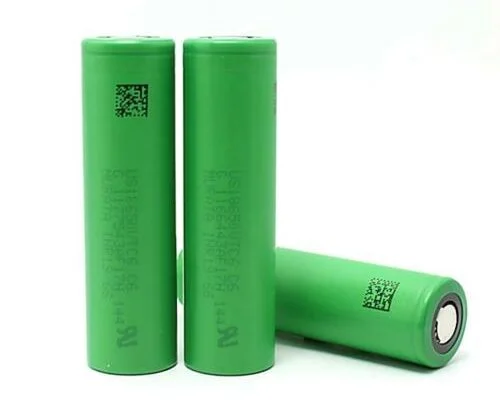A lithium-ion battery or Li-ion battery is a type of rechargeable battery. Li-Ion batteries have one of the highest energy densities of any battery technology today. Compared to the other high-quality rechargeable battery technologies (nickel-cadmium or nickel-metal-hydride), Li-ion batteries have a number of advantages. In addition, Li-ion battery cells can deliver up to 3.6 Volts, 3 times higher than technologies such as Ni-Cd or Ni-MH. Li-ion batteries have no memory effect, a detrimental process where repeated partial discharge/charge cycles can cause a battery to ‘remember’ a lower capacity.
The lithium-ion battery has an anode and electrode, as well as an electrolyte in three main components. Li-Ion Battery uses lithium ions as a key component of its electrochemistry. In the battery, lithium ions move from the negative electrode to the positive electrode during discharge and back when charging.
When a Li-ion battery is charged, lithium ions are removed from the cathode electrode. The decomposition of lithium ions then travels through the electrolyte and transfers into the anode electrode, and the energy is stored in a lithium-ion battery during this cycle. When the Li-Ion Battery stop storing, the lithium ions move back to the cathode electrode; and the stored energy has been released. The selection of cathode and anode materials is very important, and this is the main focus of various researchers
A prototype lithium-ion battery was developed by Akira Yoshino in 1985, based on earlier research by John Goodenough, M. Stanley Whittingham, Rachid Yazami, & Koichi Mizushima during the 1970s–1980s, and then a commercial Li-ion battery was developed by a Sony and Asahi Kasei team led by Yoshio Nishi in 1991.
The Lifespan Of Lithium-Ion Battery
The typical lifespan of a lithium-ion battery is around 2-3 years or 300-500 charge cycles. One charge cycle is calculated as the period of use from fully charged to discharged and fully recharged once again.
Li-Ion batteries are now an important part of our daily. By powering our mobiles, TV remotes, Laptops, Toys, Electric Scooters, Electric Cars, and Solar Power. Using Li-ion batteries helps to reduce carbon effects by reducing the usage of fossil fuels and saving the environment.
Currently, the bestselling electric cars, the Nissan Leaf and the Tesla Model S, both use Li-ion batteries as their primary fuel source.






Pingback:Battery Management Systems: Why They're Essential For Battery Products
Pingback:lifepo4 battery - Deals1 Promo
Pingback:What is an LCO battery? Its applications and advantages
Pingback:What is an LMO battery? Its applications and advantages
Pingback:What is an NMC battery? Its applications and advantages -
Pingback:What is an NCA battery? Its applications and advantages - Deals1 Promo
Pingback:What is an LTO battery? Its applications and advantages
Pingback:What is High Drain Battery? Where is its use? - Deals1 Promo
Pingback:Why SoC and DoD so important for battery life? - Deals1 Promo
Pingback:What is Tesla 4680 battery? - Deals1 Promo
Pingback:Demystifying Battery Capacity: What Does It Mean?